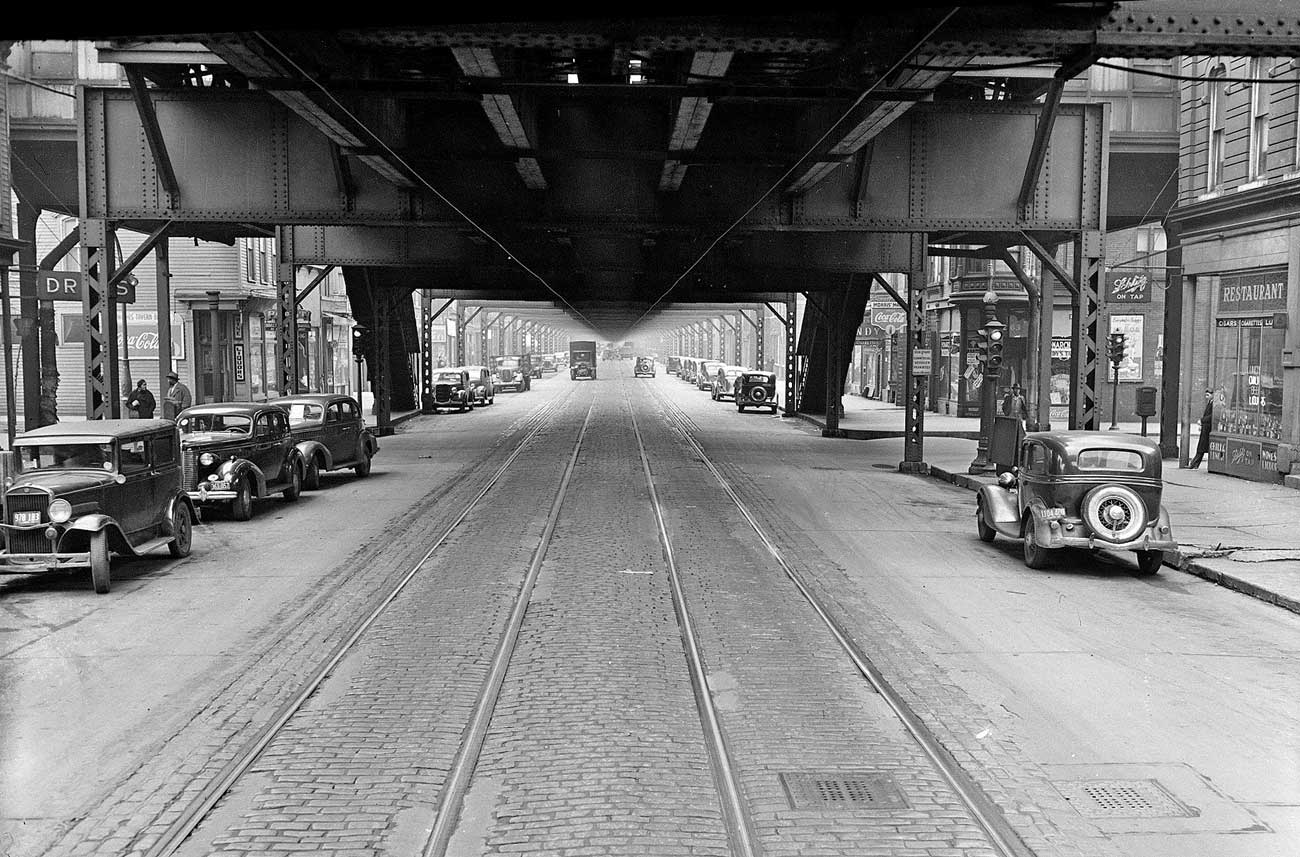

Social sciences bibliographer Frank Conaway and map assistant George Stachokas offered useful comments on an earlier draft of this introduction. University Archivist Daniel Meyer provided information on the history of the Social Science Research Committee. Justin Rounds of the Digital Library Development Center set up Zoomify. Several people helped in the creation of this Web site. If you use the images in a publication, we expect that you will mention that the original maps-and the files-are from the University of Chicago Library's Map Collection. E-mail from the "Questions about this page?" button below.ĭownloaded files are freely available for personal or scholarly use. The original tiff files are also available. To access the Luna files, click on the "Click here for Luna version" button.
#Chicago 1930 image download
It also allows download of jpeg versions of the files (click "Export"). Luna, like Zoomify, allows you to zoom in and out and to move around.

You can also see the files through Luna. Zoomify requires Flash and so won't work on many mobile phones. Zoomify breaks the original tiff files into tiny jpegs, so you can zoom in and out and move around quickly and efficiently. Click on the thumbnails below to see the files in a program called Zoomify. You can access these files in two different ways:
#Chicago 1930 image software
The maps were scanned at 360 dpi using NextImage software and were saved as tiff files The maps were republished by the University of Chicago Press in Census Data of the City of Chicago, 1920 (1931), Census Data of the City of Chicago, 1930 (1933), and Census Data for the City of Chicago, 1934 (1934), although the versions used in the construction of this Web site are earlier editions published as separate pieces and held at the University of Chicago Map Collection. Burgess was definitely among those who administered the analysis of the data that underlay them. It is not clear who actually made the maps, although Ernest W. Funded by the Laura Spelman Rockefeller Memorial, this entity particularly focused on supporting Chicago research.

of Sociology") were produced under the aegis of the Social Science Research Committee or its immediate predecessor, the Local Community Research Committee. The Burgess zones of concentric development can be seen in many aspects of Chicago geography in the 20s and 30s.Īll of these maps (even those that say "Dept. Conversely, outer-city neighborhoods like South Shore and Rogers Park that now have their share of problems were among the wealthiest. Virtually all of the other neighborhoods around the Loop that have one by one been gentrified over the last fifty years-even Lincoln Park-were among the poorest places in the city in the 1920s and 1930s. The only close-to-downtown neighborhood that was truly wealthy was a tiny sliver of the Gold Coast. Chicago in the 1920s and 1930s was, like Chicago today, a city of great economic contrasts, but the geography was quite different. Owner-occupancy was associated largely with the single-family homes at the edge of the city (the condominium would come to Chicago in 1963). Neighborhoods where immigrants from particular European countries made up a large proportion (though rarely a majority) of the population were still common. Population density in inner-city areas was generally much higher than it is now. The maps show a city quite different from the Chicago we know today. Focusing on population density, ethnicity, housing, and living standards, they could be said to constitute the first thematic atlas of any U.S. These maps are not very elegant and, in a few cases, are rather hard to read, but they are of great historic importance. Burgess-was the spatial structure of the city, which they tended to call its "ecology." One of the products of this research was a group of thematic maps of Chicago, based on census-tract-level data compiled for the 1920, 1930, and 1934 United States censuses. The focus of these scholars varied, but a major concern for many-including Robert E. These scholars, whose work is sometimes associated with the label "Chicago School," or "Chicago School of Sociology," played a major role in establishing urban studies as an important academic enterprise. Chicago in the 1920s and 1930s: the View from the Chicago Schoolĭuring the 1920s and 1930s numerous scholars at the University of Chicago did research on Chicago itself.


 0 kommentar(er)
0 kommentar(er)
